Voyager spacecraft far away from home
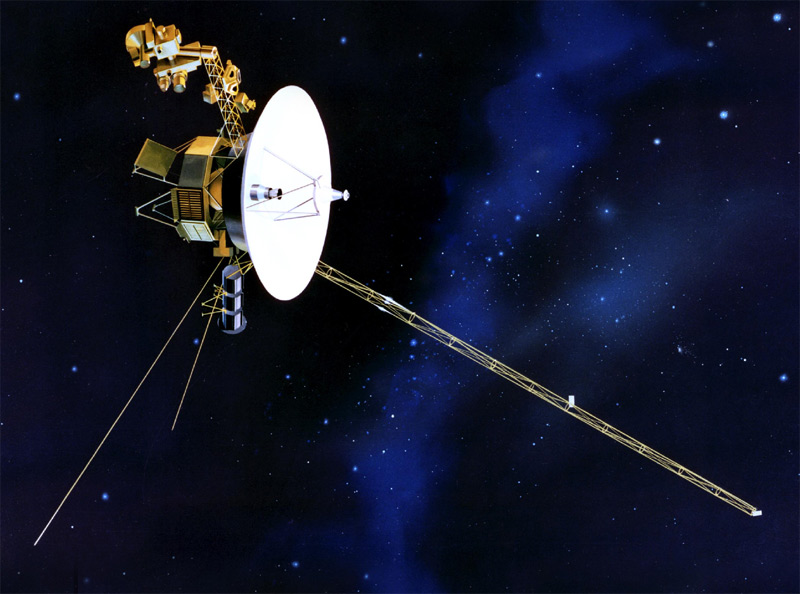
35 years ago, on September 5, 1977, NASA’s Voyager 1 spacecraft launched from Cape Canaveral, Florida, aboard a Titan-Centaur rocket. Voyager 2 probe was launched on August 20, 1977. Voyager 1 crossed the termination shock in December 2004 at about 94 AU from the Sun while Voyager 2 crossed it in August 2007 at about 84 AU. Both spacecraft are now exploring the Heliosheath – the outermost layer of the heliosphere where the solar wind is slowed by the pressure of interstellar gas. While the exact location of the Heliopause is not known, it has been estimated that Voyager could reach this entry into interstellar space 10 years after crossing the Termination Shock. Both spacecraft are still sending scientific information about their surroundings through the Deep Space Network (DSN).
The Voyager spacecrafts will be the third and fourth human spacecrafts to fly beyond all the planets in our solar system after Pioneers 10 and 11. On February 17, 1998, Voyager 1 passed Pioneer 10 to become the most distant human-made object in space.
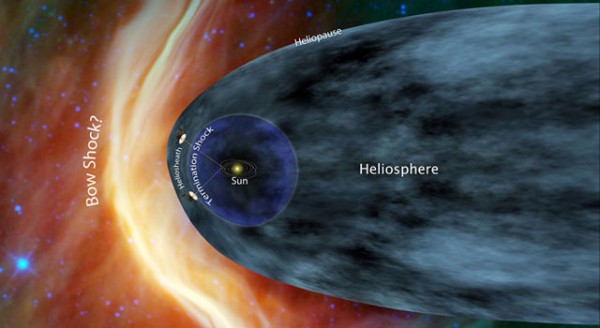
Where are the Voyagers (in real-time)
As of September 5, 2012, Voyager 1 was 18,211 billion kilometers from Earth, or 121 times the distance from the Earth to the Sun. Light takes 33 hours and 44 minutes to travel the distance from Voyager 1 to Earth. Voyager 1 is escaping the solar system at a speed of about 3.6 AU per year.
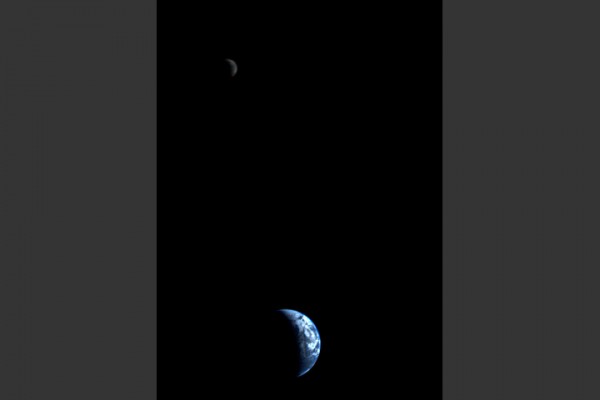
Voyager 1 has been cruising for decades toward the edge of the solar system after passed its primary targets of Jupiter and Saturn. Researchers have analyzed data from the probe’s particle detectors, cosmic ray detectors, and magnetometer and found evidence that they have passed the termination shock and into the heliosheath—the outer edge of influence for solar wind plasma and energy from our Sun.
The probe is now in an area similar to the windless “doldrums” found in tropical seas on Earth. The solar wind has calmed, the magnetic field has piled up due to pressure from outside the solar system, and high-energy particles appear to be leaking out into interstellar space. The Voyager science team expects the spacecraft itself to pass out into that space sometime in the next year or so.
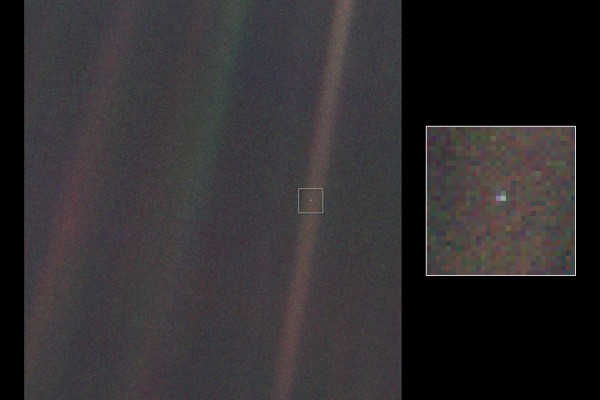
“Voyager tells us now that we’re in a stagnation region in the outermost layer of the bubble around our solar system. Voyager is showing that what is outside is pushing back. We shouldn’t have long to wait to find out what the space between stars is really like.” Ed Stone, Voyager project scientist at the California Institute of Technology
When the Voyagers cross the heliopause, hopefully while the spacecraft are still able to send science data to Earth, they will be in interstellar space even though they will still be a very long way from the “edge of the solar system”. Once Voyager is in interstellar space, it will be immersed in matter that came from explosions of nearby stars. So, in a sense, one could consider the heliopause as the final frontier.
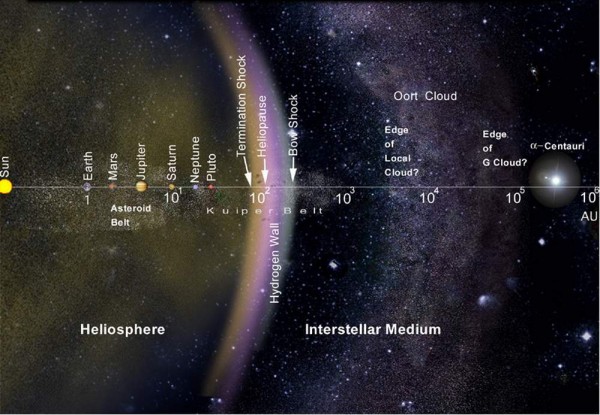
Both spacecraft will continue to study ultraviolet sources among the stars, and the fields and particles instruments aboard the Voyagers will continue to explore the boundary between the Sun’s influence and interstellar space. The Voyagers are expected to return valuable data for at least another decade. Communications will be maintained until the Voyagers’ power sources can no longer supply enough electrical energy to power critical subsystems.
Source: Voyager JPL/NASA, Earh Observatory

Commenting rules and guidelines
We value the thoughts and opinions of our readers and welcome healthy discussions on our website. In order to maintain a respectful and positive community, we ask that all commenters follow these rules.